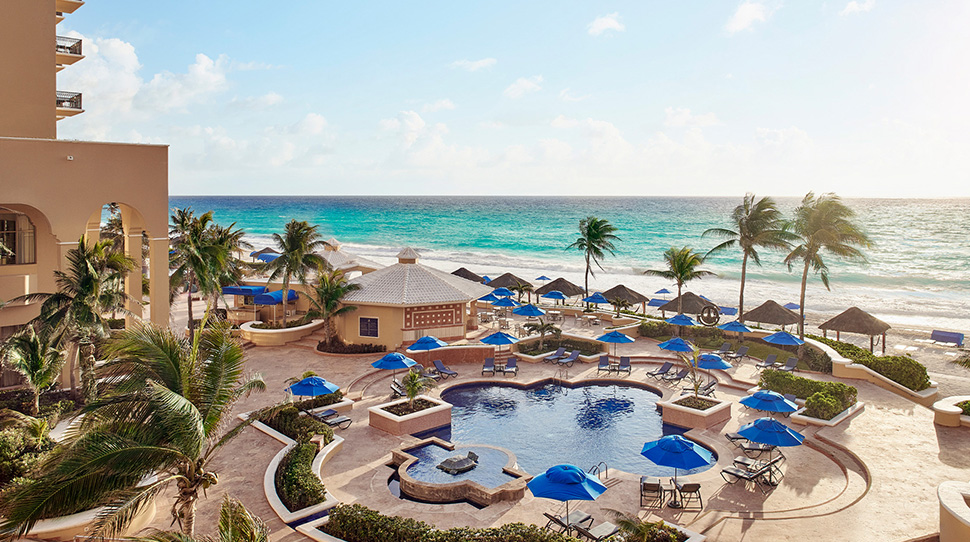

The bright seaside town of Cancun has a reputation for spring break parties, all-inclusive properties, buckets of margaritas and a touristy vibe. Yet the popular Mexican destination has much more to offer, including a rich history and vibrant local culture.
In fact, until 1970, the region was a small fishing-and-gathering settlement that housed about 100 Maya. However, given the sparkling blue Caribbean waters and soft sand beaches we know and love, in the 1980s, Mexican officials decided to develop the area into a hotel zone. Today plenty exists with a new, bright and shiny hue, but with the right guide, you can dive into Cancun’s ancient past, which goes back to when the Mayan people flourished between A.D. 300 and 900.
Stay in a Storied Hotel with a Fresh Rebrand
Last year, the more than 125-year-old European hotel group Kempinski took over the former Ritz-Carlton’s beachfront property, one of the first luxury hotels in the area. In its first North American venture, Kempinski Hotel Cancún, it added its signature elegant twist to the 30-year-old, 363-room seaside hotel.
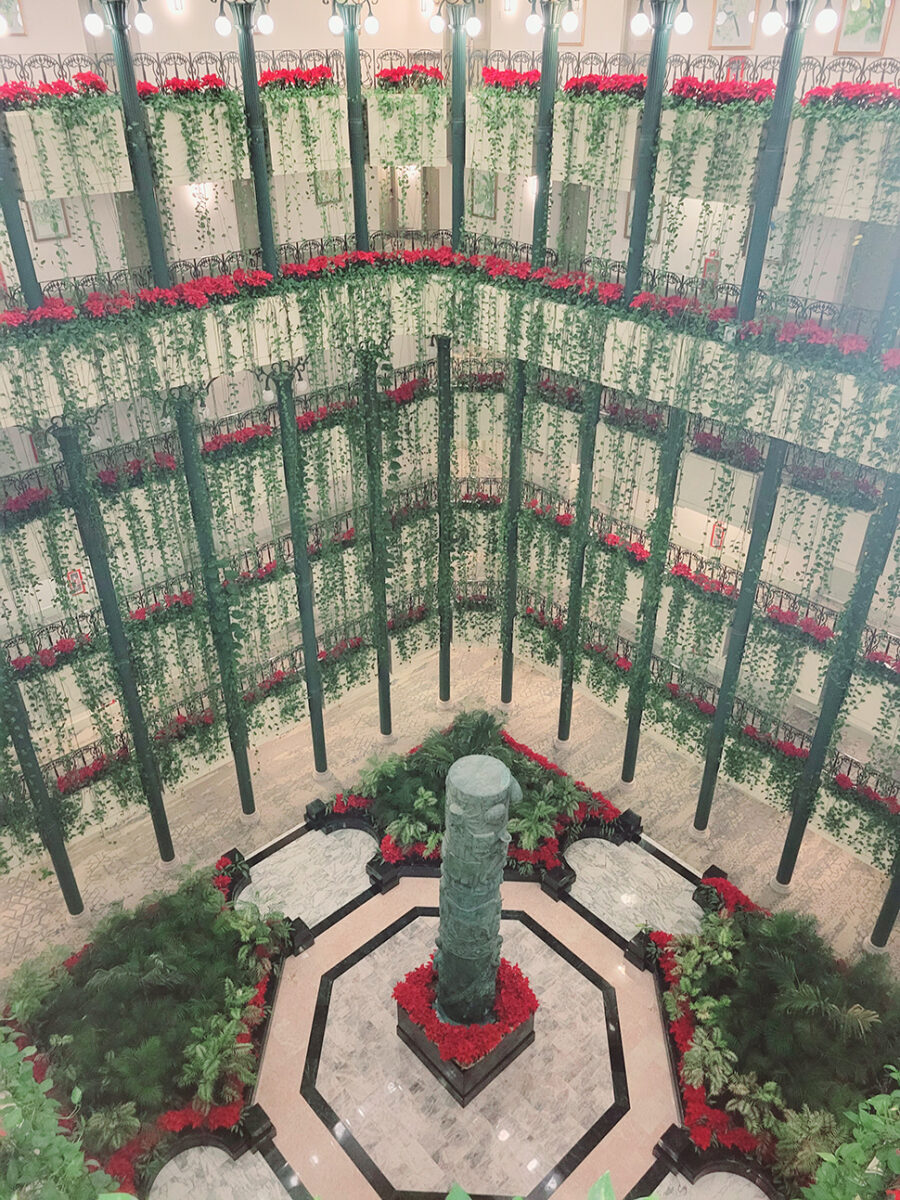
Inside, each sand-toned accommodation in the horseshoe-shaped building affords a view of the rolling blue waters of the sea below. Make sure to get a glimpse of the atrium on the hotel’s club level but available for viewing on most floors. Here, a vintage stained-glass ceiling streams natural light onto guests and the hundreds of live plants delicately dangling over the balconies. Elsewhere on the property, enjoy the spa, fitness center — complete with sauna and steam room — tennis court, beauty salon and kids club.
Wander to one of the six culinary options, from grilled foods and live piano music at The Club Grill to sushi and cocktails at D-Lounge to freshly caught seafood at Casitas.
Outside the hotel, stroll the more than 1,300-foot stretch of private white sand beach, or grab a lounge chair or cabana and park right by the water. But if you don’t feel like taking a dip in the ocean, two outdoor pools and a hot tub await.
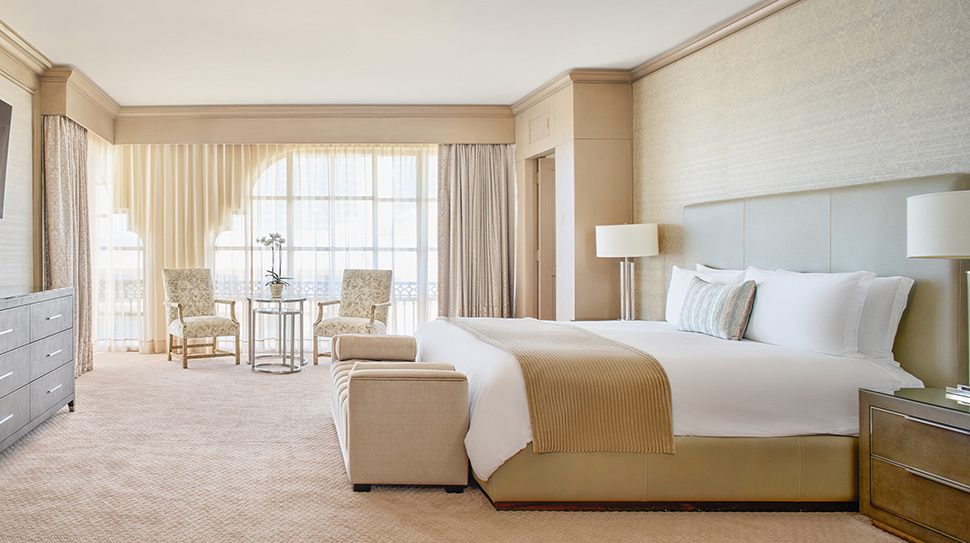
Cool Off in a Sparkling Cenote
There’s something magical about swimming in a calm, clear and tucked-away cenote, for which Cancun and its surrounding areas are known. A cenote is a natural underground pool formed inside limestone rock. Some are in the open air, others in caves and others still in collapsed caves, which balance the sky with deep, well-like seclusion.
The beautiful pools have been around for centuries, and some are so ancient that historical artifacts have been fished from the sandy depths. Find a handful of these unique swimming holes near Cancun, including Cenote Azul and Ruta de los Cenotes, encompassing five separate cenotes.
Explore an Ancient Mayan City
Take a tour of Chichén Itzá, one of the largest Mayan cities to have graced the area. Archeologists believe the core of the ancient city was built between A.D. 750 and 900. The site resides about 125 miles from Cancún, making it an excellent day trip. While the drive may be two to three hours long, you can stop and visit the 16th-century city of Valladolid and Cenote Ik Kil — the latter provides a nice break for a refreshing swim before or after exploring the site. The easiest way to get to Chichén Itzá is by booking a tour, which Kempinski’s “Lady in Red” (its well-connected concierge who is easy to spot in an all-red outfit) can help arrange.
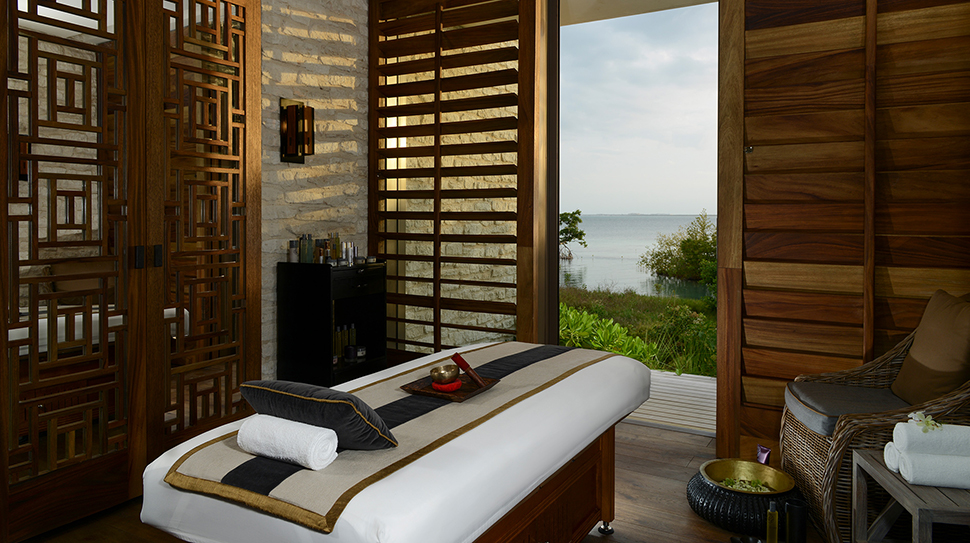
Tap Into Mayan Mindfulness
The ancient Maya promoted the idea of mindfulness and getting in tune with the rhythm of nature and the cosmos. At Forbes Travel Guide Four-Star Nizuc Resort & Spa, the resident therapists tap into these ideas with the Mindfulness massage and facial. Both treatments guide you through breathing and visualization rituals to help clear thoughts and focus energy on the body.
The Cancun spa also utilizes other Mayan techniques and natural products, including cacao oil in a massage, a skin and body treatment using herbs and local stones, and a salt and oil body scrub.
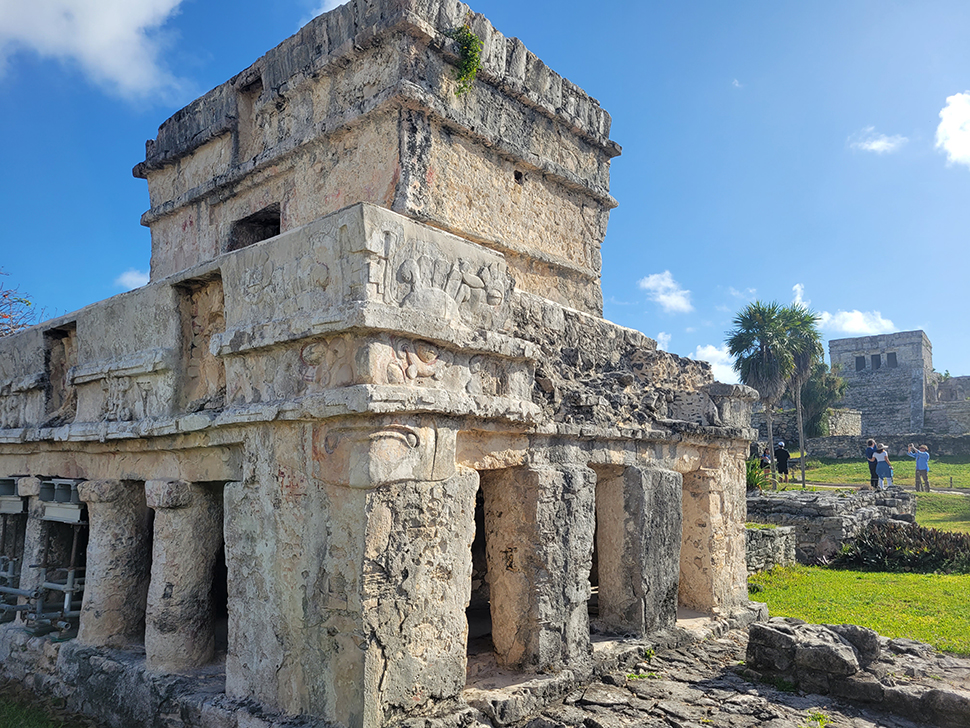
See the Ruins of El Meco
Just north of Cancun, discover the Mayan archeological site El Meco. Here the influence of the Mayan god Itzamna (which translates to “lizard house”) shows through molded serpent heads found along the staircase going up the highest ancient pyramid in the area. While smaller than its sister site, Chichén Itzá, El Meco resides closer to Cancun proper. Aside from soaking up the history, take in the stunning sea view from atop the cliff housing the attraction.
Get a Taste of History
Though La Habichuela Restaurant only opened in 1977, it’s one of the oldest eateries still running in Cancun. The venue pays homage to the ruins that surround the area with detailed replicas of Mayan sculptures, local flora and fauna weaved into the decor, lobster prepared using a Mayan-inspired recipe, and drams of Xtabentun, a Mayan liqueur made with honey and anise.
Making its debut in 1975, La Parrilla also lays claim to being one of Cancun’s oldest dining establishments. The Mexican grill serves platters of meats and seafood, including cochinita pibil (Yucatán-style barbecued pork), tequila-laced shrimp and a traditional molcajete (“mortar and pestle”) laden with shrimp, chicken, poc chuc (grilled pork) and flank steak. The vast menu also features American Mexican favorites, local specialties and simple plates of fresh foods. Try one of the many margaritas, too, or a cold Mexican lager.
